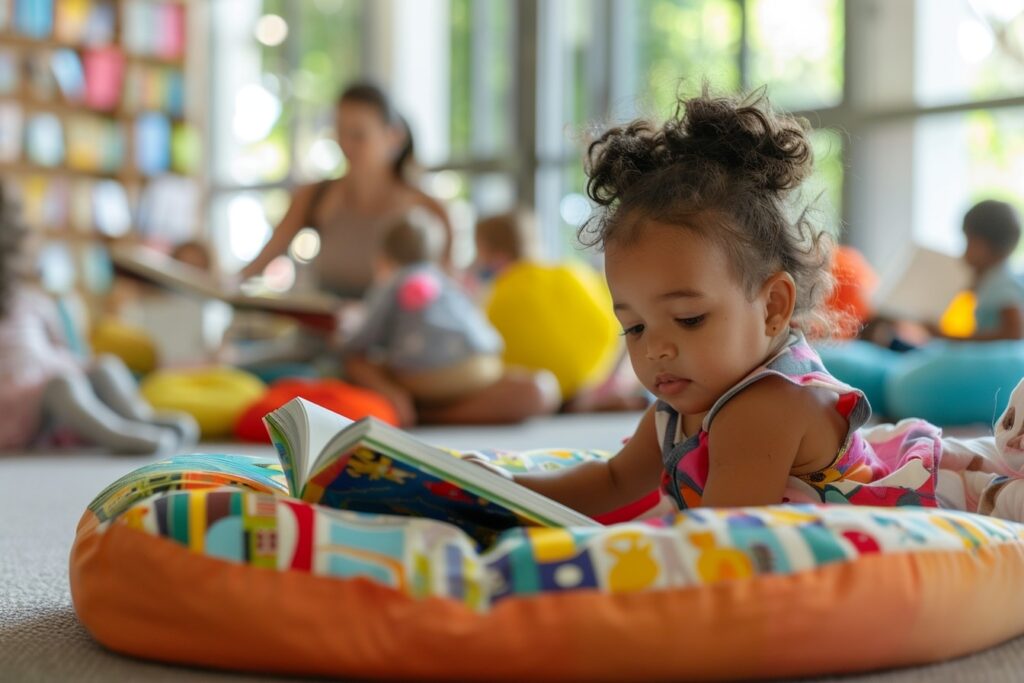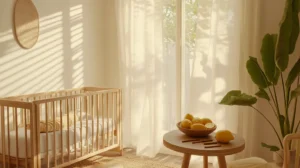Table of Contents
ToggleThe Library Secret Your Toddler’s Been Waiting For (And You’ve Been Missing)
Here’s something nobody tells you when you become a parent: you’ve been walking past a treasure chest every single week, and you didn’t even know the key was in your pocket.
I’m talking about your local library. But this isn’t about borrowing books—though that’s part of it. This is about something bigger. Something that changed the way I think about raising curious, confident kids.
Because here’s the truth: libraries aren’t quiet study halls anymore. They’ve transformed into something extraordinary. And if you’re not taking advantage of what they offer toddlers, you’re missing out on one of the most powerful—and free—resources available to you.
Whatever your answer is, that’s okay. Because by the end of this, you’ll understand exactly why the library might become your new favorite destination—and how it can reshape your toddler’s relationship with learning.

Why Storytime Isn’t What You Think It Is
Most people think storytime is about listening to a story. They’re wrong.
Storytime is actually your toddler’s first masterclass in being human. Let me explain what I mean.
When your child sits in that circle with other kids, eyes locked on the librarian turning pages, something incredible is happening beneath the surface. They’re not just hearing words. They’re learning how to focus. How to wait their turn. How to imagine worlds they can’t see. How to feel emotions for characters that don’t exist.
But here’s where it gets even better: storytime isn’t just developing your child’s brain. It’s developing their heart.
Through stories, toddlers learn empathy. They understand that the bear is sad, that the rabbit is scared, that the character made a brave choice. These are the building blocks of emotional intelligence—the kind that helps kids navigate friendships, handle disappointment, and grow into compassionate humans.
And for you? It’s a chance to bond without screens, without distractions, without the pressure of “getting it right.” You’re just there. Present. Together. Creating a memory that your child’s brain will file under “safety” and “love.”
🔓 Click to reveal: What librarians know about storytime that parents don’t 🔓
Here’s the insider secret: Librarians carefully choose books based on developmental psychology, not just popularity. They select stories with repetitive phrases to build memory, introduce new vocabulary in context, and use specific tones and pacing to keep toddlers engaged.
They’re also watching your child’s reactions and adjusting in real-time. That pause before turning the page? That’s intentional—it’s giving your toddler’s brain time to process and predict what happens next. That sing-song voice? It’s activating the musical processing centers of the brain, which helps with language acquisition.
Storytime isn’t random. It’s strategic. And it works.
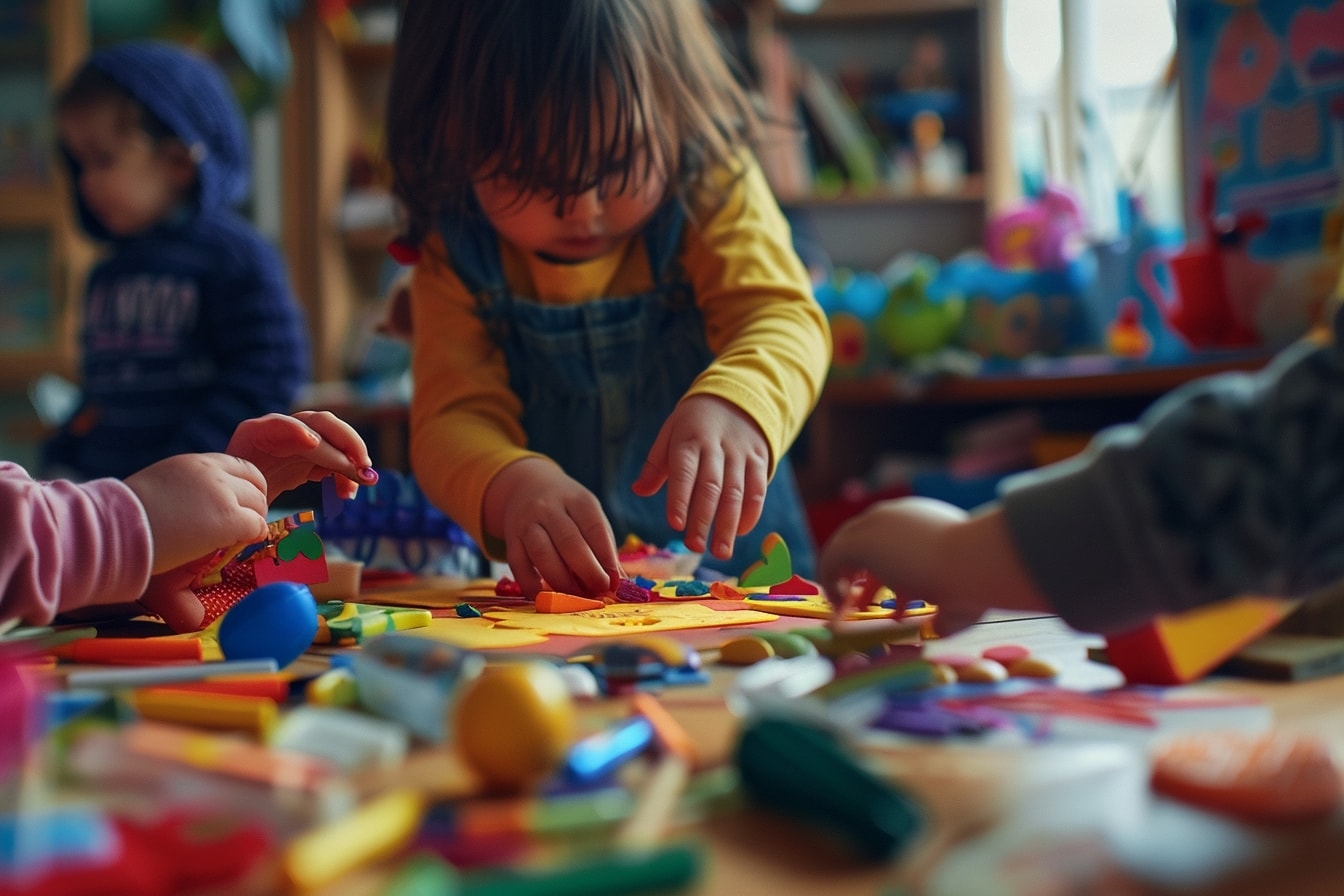
The Play Areas That Are Secretly Brain Gyms
Walk into most modern libraries and you’ll find something that didn’t exist when we were kids: dedicated play spaces for toddlers.
At first glance, they look like toy areas. Colorful blocks, puzzles, pretend kitchens, sensory tables. But what’s really happening in these spaces is nothing short of remarkable.
Your toddler isn’t just playing. They’re problem-solving. When they stack blocks and the tower falls, they’re learning cause and effect. When they share a toy with another child, they’re developing social negotiation skills. When they explore different textures at the sensory table, they’re building neural pathways that will later help with everything from writing to emotional regulation.
The beautiful part? You don’t have to buy any of this. No cluttering your home with toys that get used twice. No pressure to create elaborate play setups. The library has done it for you.
And here’s something I didn’t realize until I started going regularly: these play areas are designed by child development experts. The toys aren’t random. They’re chosen to target specific developmental milestones. The layout isn’t accidental—it encourages exploration and independence.
Every time your toddler engages with these materials, they’re practicing skills that will serve them for life. Persistence. Creativity. Spatial reasoning. Social awareness. All while you sip coffee and watch them discover who they are.

The Community You Didn’t Know You Were Looking For
Parenting can be lonely. I don’t think we talk about this enough.
But here’s what I discovered: the library isn’t just a place for your child to make friends. It’s a place for you to find your people.
The parents you meet at library activities? They get it. They understand the chaos of raising toddlers. They’re not judging when your kid has a meltdown. They’re probably dealing with the same thing at home.
These casual connections matter more than you might think. A friendly face. A quick conversation about sleep schedules or potty training. Someone who laughs when your toddler tries to eat the crayons during craft time.
Research shows that parental isolation is linked to higher stress levels and even postpartum depression. But regular social interaction—even brief encounters—can significantly improve mental health and parenting satisfaction.
The library creates natural opportunities for these connections. You’re all there for the same reason. You’re all navigating the same stage of life. There’s an unspoken understanding that makes it easier to chat, to share, to support each other.
And for your toddler? They’re learning by watching you. They see you interacting with others. They observe social cues. They learn that community is normal, that connecting with people is valuable, that they’re part of something bigger than just your family.
🤝 Unlock: The unexpected benefit of library friendships 🤝
Here’s what researchers found: Children who regularly interact with the same peer group (like at weekly library programs) develop better conflict resolution skills and show increased prosocial behavior.
But the real surprise? Parents who connect with other families through library activities report feeling more confident in their parenting choices. Why? Because they see that other parents are figuring it out too. There’s no perfect playbook—just people trying their best.
The library becomes a judgment-free zone where everyone’s just showing up, doing the work, and supporting each other along the way. And that sense of “we’re in this together” is priceless.
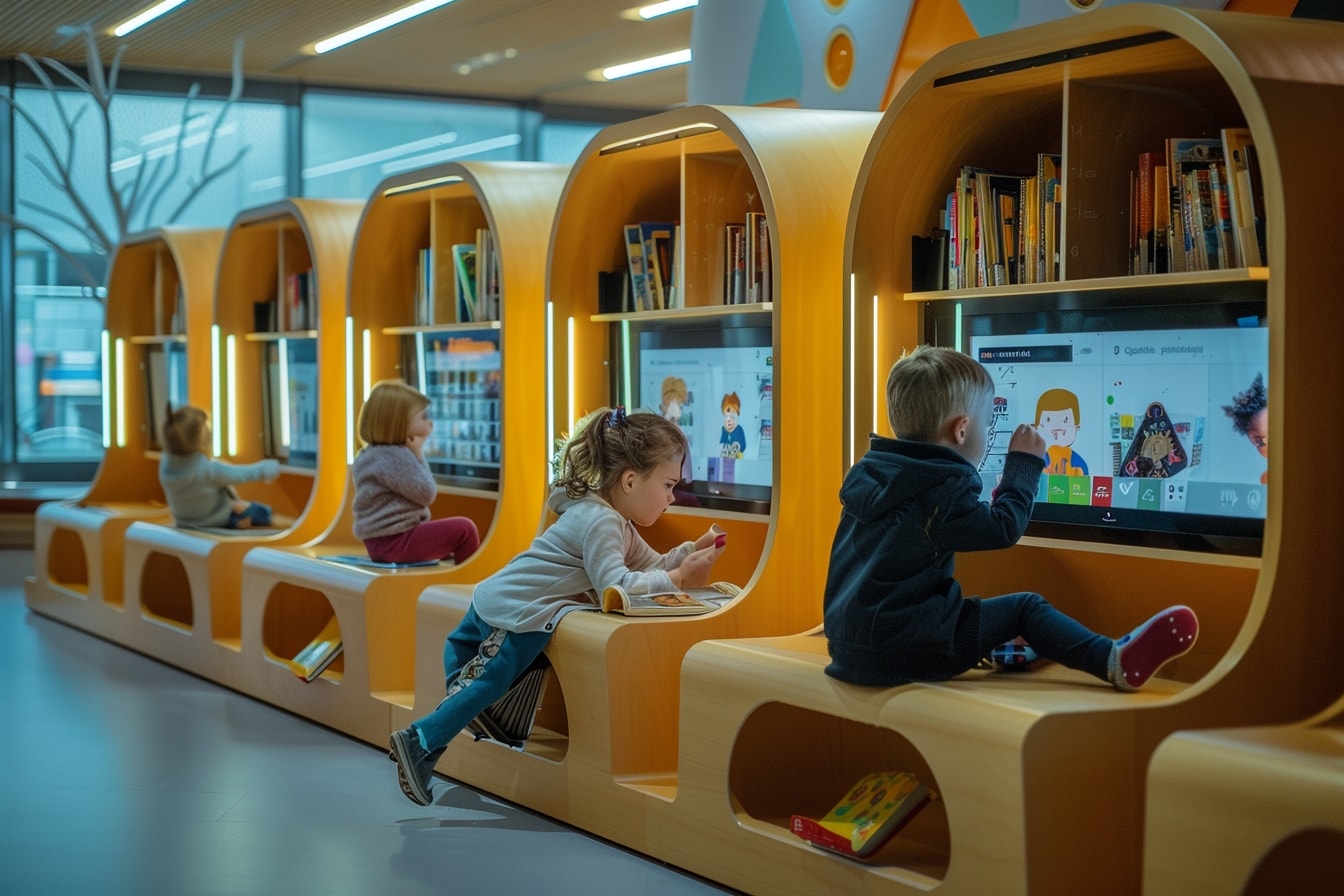
What Libraries Are Doing Now That Will Blow Your Mind
If you haven’t been to a library in a while, you’re in for a surprise.
Libraries have evolved. Dramatically. They’re not just about books anymore—they’re about access, innovation, and meeting families where they are in the 21st century.
Here’s what you might find at your local library today:
Digital storytime and interactive screens: Tablets with educational apps. Touch-screen story walls. Virtual reality experiences designed for young children. It’s not about replacing books—it’s about meeting kids in their digital world and teaching them how to use technology intentionally.
Diverse representation: Libraries are leading the charge in providing books that reflect all kinds of families, cultures, abilities, and experiences. Your child deserves to see themselves in stories. They also deserve to see people different from them, building empathy and understanding from the start.
STEM programs and maker spaces: Some libraries now have dedicated areas where toddlers can experiment with simple machines, explore cause-and-effect with age-appropriate robotics, or engage in early engineering through building challenges.
And here’s the part that really matters: all of this is free. The maker spaces, the technology, the programs, the expertise. You’re not paying for subscriptions or classes. You’re just showing up.
In a world where everything seems to cost money—especially when it comes to giving your child opportunities—the library is one of the last places that operates on a simple principle: education and enrichment should be available to everyone.
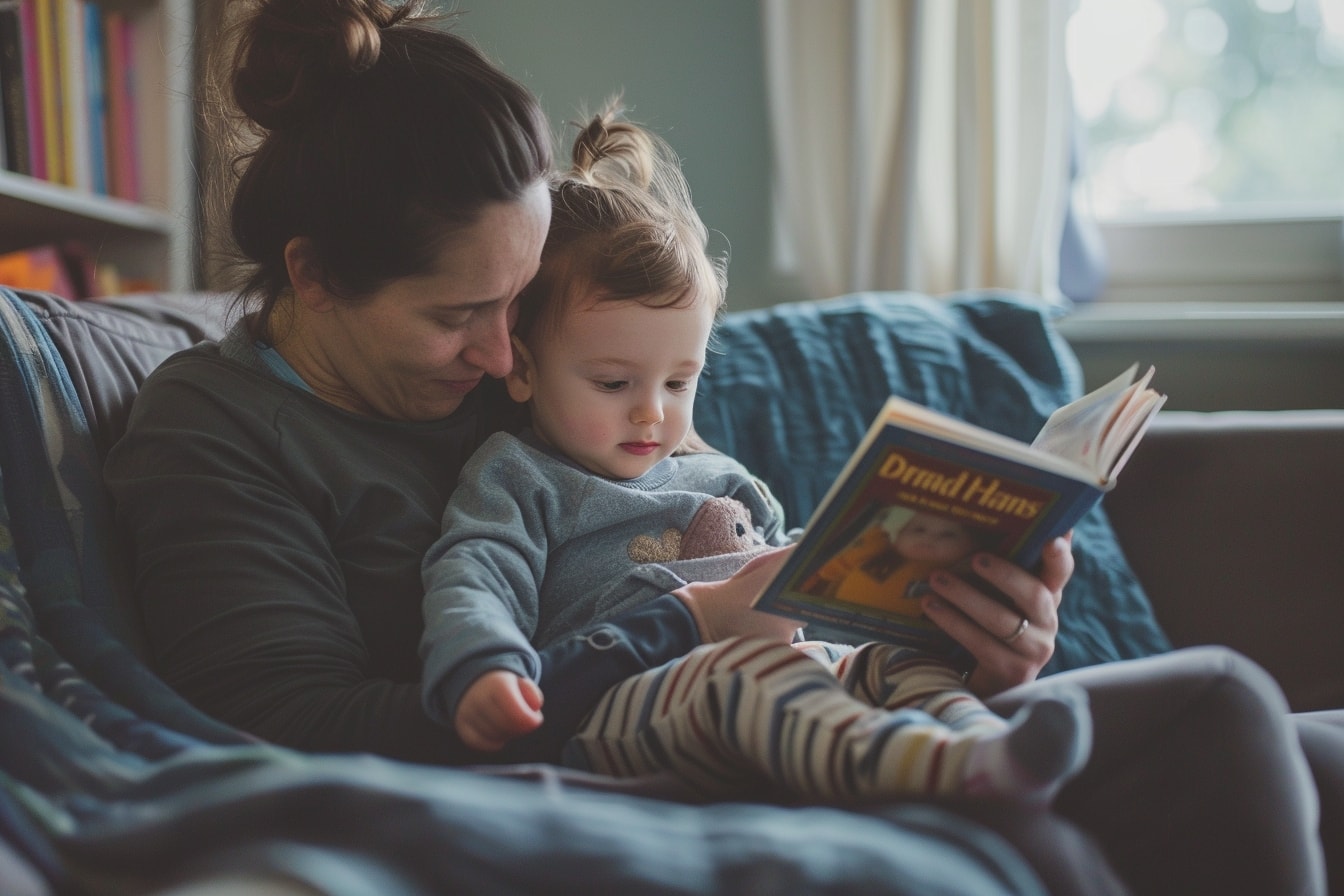
How to Make the Library Part of Your Real Life
You don’t need to overhaul your entire routine. You don’t need to become a “library family” overnight. You just need to start.
Here’s what worked for me, and what might work for you:
Create a ritual: Pick one day a week. Same time, same place. Maybe it’s Saturday mornings. Maybe it’s Wednesday afternoons. Consistency is what makes it stick. Your toddler will start anticipating it. It becomes part of your rhythm.
Borrow more than books: Take advantage of everything. DVDs for family movie night. Audiobooks for car rides. Educational toys you can swap out every few weeks. Many libraries even lend out puzzles, musical instruments, and science kits.
Extend the experience at home: After storytime, act out the story with stuffed animals. After a craft project, recreate it with supplies you have. The library plants the seed. You help it grow.
And here’s the most important part: model it. Let your toddler see you reading. See you choosing books. See you getting excited about stories and learning. Kids don’t do what we say. They do what they see us doing.
When you make the library part of your life, you’re not just giving your child access to books. You’re showing them that learning is something you value. That curiosity is worth pursuing. That knowledge is something to be sought, celebrated, and shared.
The Real Reason This Matters
At the end of the day, this isn’t just about toddler activities or developmental milestones.
It’s about setting a foundation. A foundation that says learning is joyful. That books are friends. That community matters. That you don’t need money to access opportunities.
The library teaches your child that they belong in spaces of learning. That their questions are welcome. That their curiosity is valued. That they have a right to knowledge, to stories, to growth.
These are lessons that go beyond childhood. They shape how your child sees themselves in the world. They influence their confidence in school, their willingness to try new things, their belief that they’re capable of learning anything.
So here’s what I want you to take away from this:
The library is waiting for you. Not because you need it to be a “good parent.” But because it’s a gift—to your child and to yourself. A space where learning happens naturally, where connections form easily, where your toddler can explore who they’re becoming.
You don’t need to have it all figured out. You just need to show up.
And when you do, you might discover that the library isn’t just transforming your child’s life. It’s transforming yours too.
Ready to Explore More?
If you’re looking for more ways to spark your toddler’s curiosity and creativity, check out these resources:
Our Check this OUt! shop now!
Step into Sue Brown's World of Baby Care, where you'll find a treasure trove of knowledge and wisdom waiting to be explored. Sue's dedication to providing accurate and up-to-date information on baby care shines through in every article, blog post, and resource she shares. From newborn essentials to sleep training tips, breastfeeding advice to nurturing your baby's development, Sue covers a wide range of topics that are essential for every parent to know. Her warm and compassionate approach creates a sense of community and reassurance, making her website a safe haven for parents seeking guidance and support. Let Sue Brown be your partner in this beautiful journey of parenthood, as she empowers you to create a loving, nurturing, and thriving environment for your little one.
- Indoor Air Quality for Infant Respiratory Health - October 20, 2025
- Positive Discipline Foundations: Setting the Stage From Infancy - October 18, 2025
- 2025’s Most Innovative Baby Products Worth the Investment - October 16, 2025

